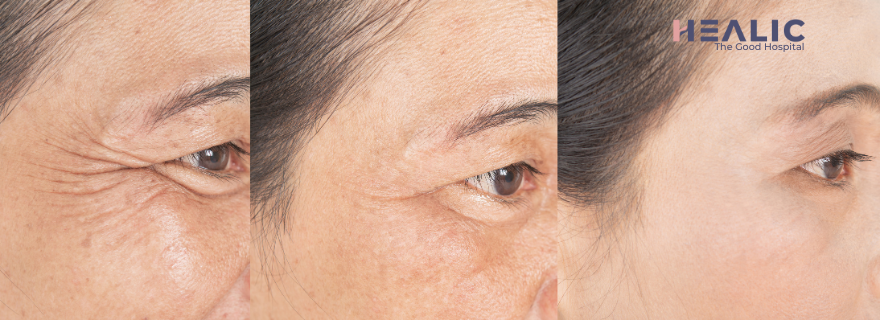Vital Role of Vitamin D in Pediatric Health
Importance of Vitamin D
Vitamin D plays a pivotal role in maintaining calcium and phosphorus balance in the body. As a precursor of 1, 25-hydroxyvitamin D3, it is crucial for the synthesis of a hormone that regulates these minerals under the influence of parathormone and tissue phosphate levels. This hormone is pivotal for bone health and calcium homeostasis.
-
Sunlight as a Source: The ultraviolet rays from sunlight activate the conversion of 7-dehydrocholesterol in the skin to vitamin D3 or cholecalciferol, which is then further metabolized in the liver to its active form to facilitate calcium absorption.
-
Extra-Skeletal Benefits: Beyond its role in bone health, vitamin D has been associated with anti-infective properties, respiratory and immunological health, and even impacts malignancies.
Sources and Daily Requirement
-
Sources: Approximately 90% of vitamin D is synthesized in the skin through exposure to sunlight, while the remaining 10% is obtained from dietary sources such as fish, fish oils, egg yolk, and milk.
-
Daily Requirement: For infants, children, and adolescents, the daily recommended intake of vitamin D is 400 IU/day.
Normal Consumption of Vit D for KidsThe normal consumption recommendation for vitamin D in children is 400 IU per day. This intake is essential for supporting their growth and development, especially in maintaining proper bone health and overall well-being. Adequate levels of vitamin D are crucial for children to ensure proper calcium absorption and utilization, which is vital for their growing bones and overall health. In addition to sunlight exposure, incorporating sources of vitamin D such as fish, fish oils, egg yolk, and milk into their diet can help meet their daily requirement and support their optimal growth and development.
Deficiency and Clinical Implications
-
Etiology of Deficiency: Vitamin D deficiency can arise from various conditions, including reduced synthesis by the skin, inadequate dietary intake, prematurity, decreased maternal stores, malabsorption, chronic liver and renal diseases, and certain medications.
Symptoms of Vitamin D Deficiency in Kids
Are you noticing any of these signs in your children?
- Bone pain or tenderness
- Muscle weakness
- Delayed growth
- Frequent infections
- Fatigue and tiredness
- Difficulty in concentration
- Irritability
- Rickets (soft or weak bones)
- Dental problems
- Slow wound healing
-
Clinical Features: The consequences of vitamin D deficiency include skeletal abnormalities such as rickets and osteoporosis, as well as non-skeletal manifestations, like susceptibility to infections, muscle pain and weakness, seizures, asthma, malignancies, type II diabetes, hypertension, and obesity.
Excess and Toxicity
-
Hypervitaminosis D: Excessive intake of vitamin D can lead to hypervitaminosis D, resulting in hypercalcemia due to excessive bone resorption. Clinical manifestations may include gastrointestinal symptoms, excessive irritability, and dehydration. Furthermore, long-term excessive intake can lead to serious adverse effects on the cardiovascular, central nervous, and renal systems, as well as pancreatic complications.
-
Gulf Syndrome: Hypervitaminosis D and A can result from excessive consumption of certain fish oil products in Gulf countries, leading to adverse health effects.
Vitamin D plays a critical role in pediatric health, impacting both skeletal and non-skeletal aspects. While adequate sunlight exposure and a balanced diet contribute to maintaining optimal levels of vitamin D, it is essential to be mindful of potential deficiencies and avoid excessive supplementation to prevent adverse health outcomes.






